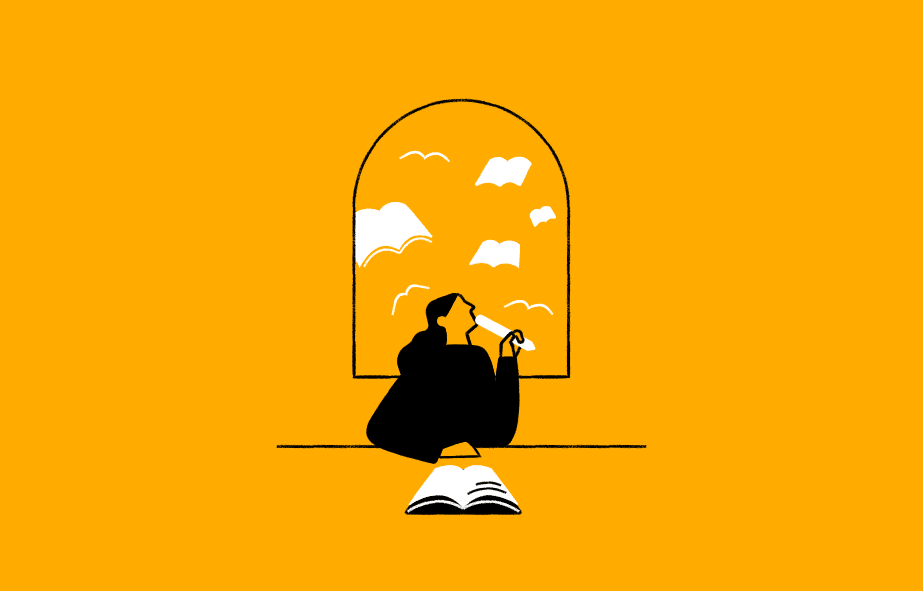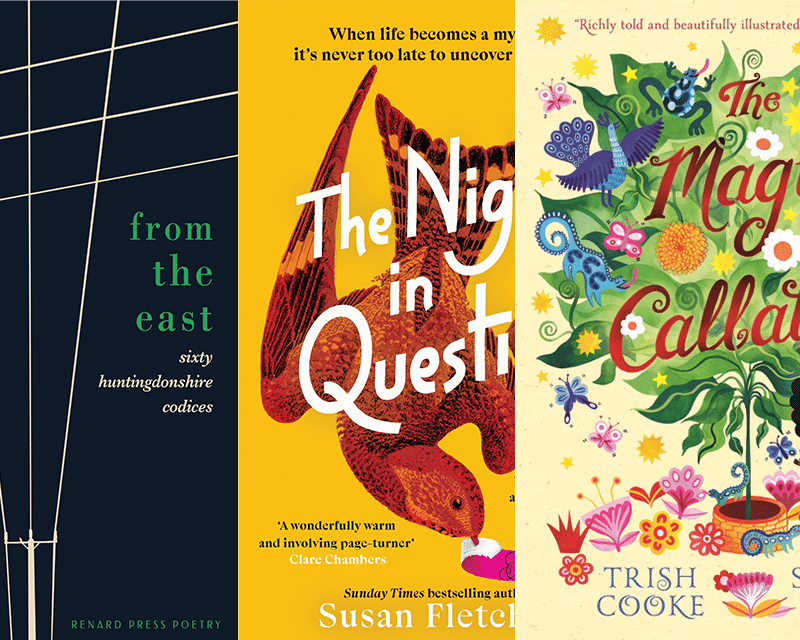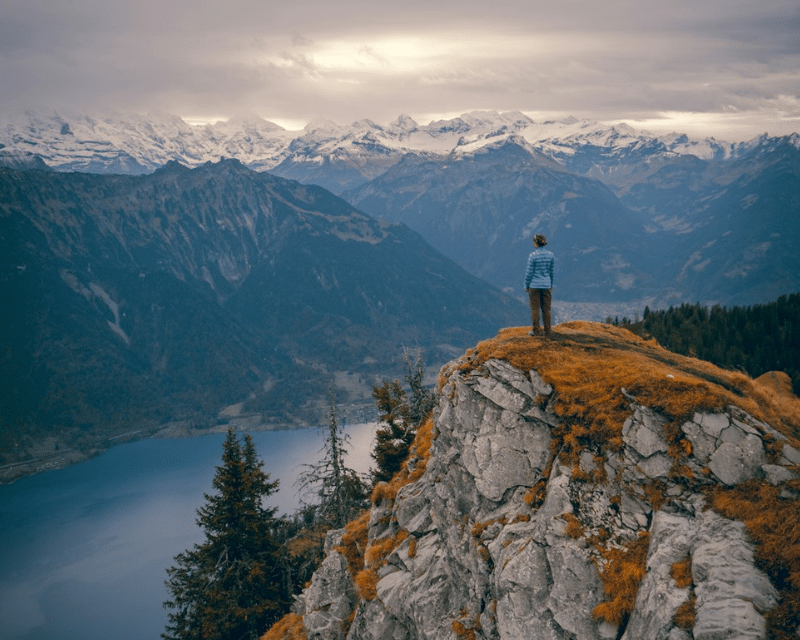- Collected
- Article
The Challenge Of Aboriginal Art
Why writers might struggle

- 5 June, 2017
- Antony Mason
The Aboriginal art of Australia is never quite what it seems. My first encounter was at the ‘Australia’ exhibition at the Royal Academy in London in 2013, a historical retrospective in which Aboriginal art filled the first room. I was struck by its abstract beauty: colourful dots and swirls, or counterintuitive ochre voids, or intense, delicate cross-hatching across the entire surface of a large strip of eucalyptus bark.
But I was wrong-footed at the outset. This was not abstract art at all, but images of sacred landscapes and the ‘dreamtime’ stories behind the creation of those landscapes. Here was the expression of the artists’ very being, and their timeless and inseparable relationship with their own people, ancestors, deities and landscape. It made me feel that paintings of the Western art tradition were comparative lightweights.
So does all Aboriginal Australian art dig so deep? This is the question that I took with me on a trip to Australia at the end of last year — and I can tell you now that I don’t have the answer. It’s a highly complex and contentious subject, and I am, if anything, only a little less bewildered now than I when I set out.
I have written about art, in books for children and young adults. I usually find it easy to place paintings in their context, to tease out what makes individual pieces worth seeking out. Hubrecht and Jan van Eyck’s ‘Adoration of the Mystic Lamb’ in Ghent Cathedral, for example, packed with sacred symbolism: slam-dunk!
Not so easy with Aboriginal Australian art (or Indigenous Australian art, as many writers now prefer to call it). Here is an example. The National Gallery of Victoria in Melbourne was presenting a big show by the Aboriginal artist Sally Gabori (c.1924–2015), or Mirdidinkingathi Juwarnda Sally Gabori, to give her her full name. A typical work included in this show consists of two very large paired canvases entitled ‘Dibirdibi Country: My Husband’s Country’. To untutored eyes, their expansive, painterly gestures would look entirely abstract. Not so, according to the written explanation on the wall beside it:
‘The overwhelming majority of Mirdidinkingathi Juwarnda Sally Gabori’s paintings focused on Dibirdibi Country, the Country associated with the Rock Cod Ancestor and her husband…’
‘The Dibirdibi paintings depict inland estuarine salt pans, ironstone ridges, mangrove swamps, rivers, reefs, rock-walled fish traps, a freshwater waterhole and hunting ground covered with waterlilies and brimming with turtles, grasslands where malji was collected to make grass baskets, and Bardathurr, where Dibirdibi came to rest.’
Perhaps the best known female Aboriginal artist is Emily Kame Kngwarreye (c.1910–96), who produced thousands of large paintings in the last eight years of her life. Emily was the custodian of the sacred dreaming sites of her clan country Alhalkere, and this effectively was the subject of all her paintings. One of these featured in the RA ‘Australia’ show: thick, steady, sinuous white lines on a huge black canvas, produced with remarkable compositional confidence. Abstract? No: it is called ‘Big Yam Dreaming’ (1995).
Dreaming, or Dreamtime, is a central plank in the Aboriginal outlook, and hence in Aboriginal art. It’s a complex concept, hard to pin down, but essentially binds everything in the Aboriginal world to the ongoing process of creation by powerful ancestral beings or spirits.
Much of Aboriginal art relates to sacred performance, and some of it is produced by groups of artists who sing or relate stories as they paint, often with the canvas lying flat on the ground. Many Aboriginal paintings are map-like landscapes viewed from overhead. As a result there may be no up or down — which can present a problem when trying to hang a painting on a wall.
More confusion too, over the meanings of paintings. Artists are quite likely to offer a number of interpretations, according to the audience: one story may be given to children, another to adults, and another again to the initiated. And before you try to ascribe deep meaning to all Aboriginal art, be warned. Another female artist, Nyapanyapa Yunipingu (born c.1945), claims that her intricately crosshatched black and white works are ‘without meaning’ — i.e. devoid of Dreaming stories. In other words, they are the product of her own invention — more like Western art.
Speaking of which, Australian art galleries find it very difficult to place Aboriginal art in the context of their other collections. The National Gallery of Australia in Canberra has recently inaugurated a separate set of rooms devoted to Aboriginal and Torres Strait art. Should they be so segregated? This is a contentious and sensitive issue, reflecting the delicate relationship between modern Australia since the first European settlement in 1788 and its indigenous population — a fraught legacy that is still palpable in the work of the newer generation of city-based indigenous artists such as Richard Bell (b.1953), Gordon Bennett (1955–2014) and Tracey Moffatt (b.1960).
There is a standard chronology in Aboriginal art, tracked in a number of art histories, including, most recently, Rattling Spears: a history of indigenous Australian art by Ian McLean, Research Professor of Contemporary Art at the University of Wollongong. The earliest work, preserved as cave and rock paintings and inscriptions, dates back to some 40,000 years ago. For millennia, art was also expressed in sand-painting, body-painting and the decoration of artefacts. In the mid-twentieth century missionaries in Arnhem Land and the adjacent Tiwi Islands in Northern Australia saw the fund-raising potential of painted artefacts, and created a market for the bark paintings of dreamtime animals, often featuring distinctive ‘x-ray’ images and a cross-hatching technique called rarrk.
In the early nineteen seventies, a community art project at Papunya in the Western Desert, near Alice Springs, encouraged local practitioners to record their work on canvas and board. This was controversial at the time, as much of the symbolism was considered sacred and off-limits for outsiders, but it was the foundation of the main trend in ‘traditional’ Aboriginal art (all those colourful dots) that we are familiar with today.
Aboriginal art became ‘a sunburst of creative energy that has already done much to change the way Australia sees itself and the world sees Australia,’ as Nicolas Rothwell put it in a recent review in The Australian. Aboriginal art has since become a major industry. The 100 or so Aboriginal art centres dotted around the country produce a prodigious amount of work, which is a major source of income to Aboriginal communities. Between 2003 and 2012, Ian McLean tells us, of the 91,000 Aborigines living in remote locations some 13,000 were working at art centres, generating nearly A$100 million worth of work.
The better dealers post full details of each artist and supply certification, but as The Australian’s correspondent Amos Aikman put it, in Culture magazine last November: ‘Forgery, exploitation and misattribution are the dark horses of the Aboriginal art world.’
A strong motivation for skulduggery is the massive prices that work by the most celebrated Aboriginal artists can fetch at auction. A Papunya work by Michael Nelson Jagamara (born 1948) – admittedly a very famous piece, called ‘Five Stories’ (1984) that has featured in numerous art histories – sold at Sotheby’s for £401,000 last year. This was not unprecedented: in 2007 a work by Clifford Possum Tjapaltjarri (c.1933–2002) sold for A$2.4 million, and one by Emily Kame Kngwarreye for A$1.056 million.
The tendency of the Western art market to select and promote particular individual artists to satisfy the acquisitiveness of collectors and investors sits uneasily with Aboriginal arts, whose painters see themselves not as individuals but as an inseparable part of their community — and they share the financial dividends accordingly.
Everyone is ‘looking for the new Emily’. But to me the story of Emily Kame Kngwarreye, and indeed of Sally Gabori too, holds another inspirational and liberating lesson beyond the confines of Aboriginal art: they both began painting at about the age of eighty. At no time in your life is it too late to start creating beautiful things that have profound, existential meaning. Of course, that applies to writing too.
You might also like:
No facts, only versions
Memoirs are as much about what is excluded as what is included. This edition examines how you can evoke the…
RLF Fellows’ News: April 2024
Publishing News RLF Fellow Trish Cooke’s new children’s book, The Magic Callaloo, is set to be published by Walker Books…
Susan Fletcher on outsiders in fiction – literal and imagined
I’ve always known that I’ve preferred to be outside. To be an outsider – literally, and, specifically, amongst wild places…


